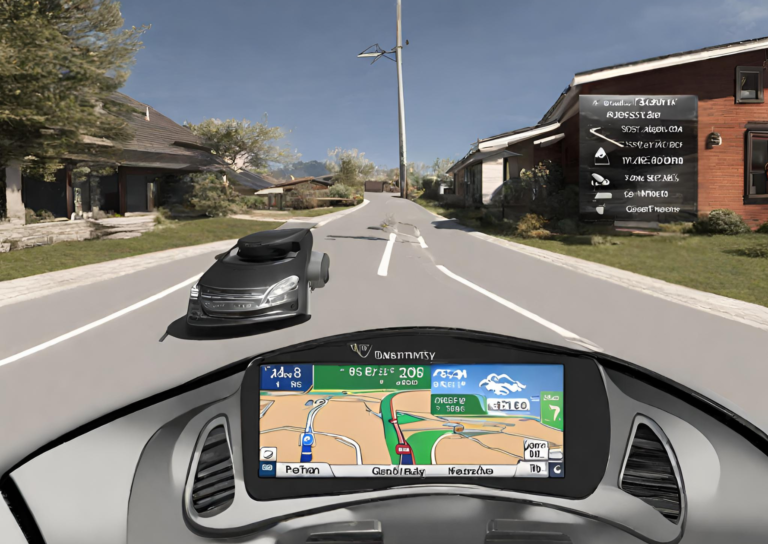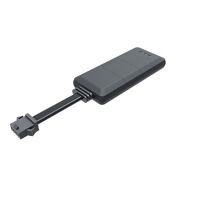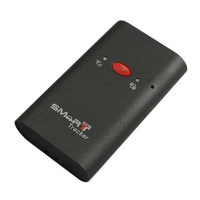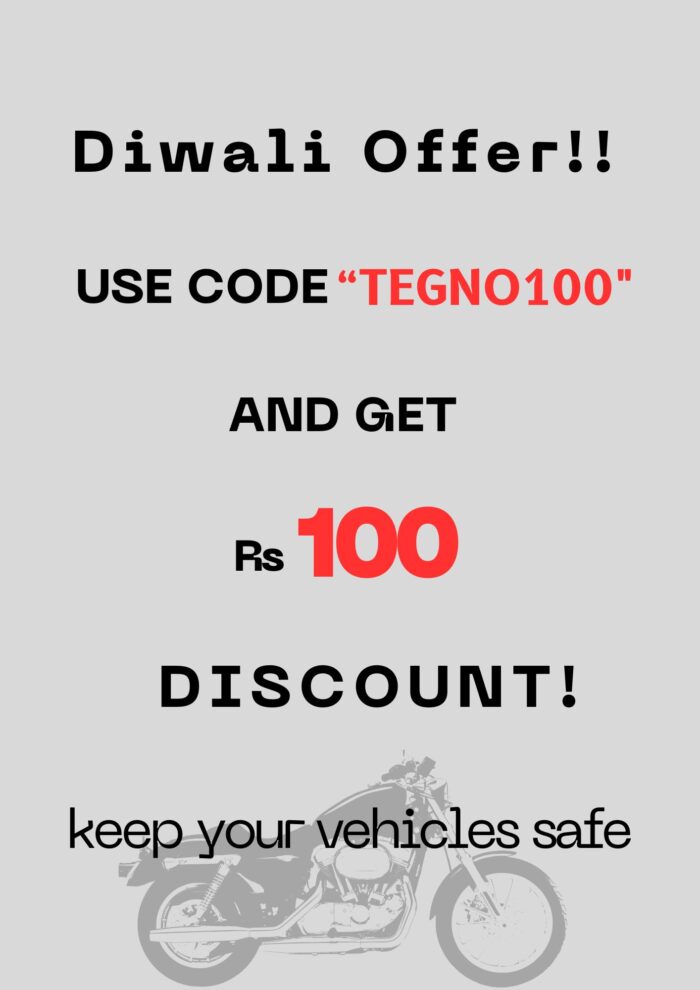Best GPS Device for Bike

The Best GPS Bike Trackers to Protect Your Ride

WITH BIKE THEFTS ON THE RISE ACROSS THE COUNTRY, THESE GPS DEVICES CAN HELP YOU TRACK AND RECOVER YOUR INVESTMENT.
Losing a bike sucks. Living in cities over the years we’ve had many—too many!—bikes stolen, despite hefty investments in bike locks. Whether it’s a cheap city bike or worse yet, an expensive mountain or road bike, having a bike stolen is a violation. These GPS and Bluetooth trackers can help you find your bike if someone does abscond with your favorite two-wheeler, but they’re also great for making sure your younger kids are okay on rides without you, giving them freedom while still giving you reassurance that they’re safe.
Best GPS Bike Trackers
- Inexpensive Subscription: tegnotech mini GPS Tracker
- Best Magnet: Tegnotech Wireless GPS Tracker
- Most Inconspicuous: Apple AirTag
- Best Budget: Tegnotech EV02 Gps Tracker
- Best for Personal Safety: Go wireless GPS Tracker
- Best Warranty: V5 GPS Tracker 5 Year Warranty
- Loudest Alarm: TT V8 Gps Tracker
What to Consider
Although many people do it, we don’t recommend confronting the alleged thieves when a bike gets stolen and you track it down. Alert the authorities first. That could be security in a building or development or the police. If you do track it down yourself, don’t go alone.
If your bike is stolen, here are some great tips on How to Get Your Stolen Bike Back even if you don’t have a GPS tracker installed.
GPS tracker units for bikes come in a variety of styles and sizes and have a variety of features. Here’s what you should consider before purchasing one of your own.
Discretion
While some GPS trackers are obvious, some of the best GPS tracking units are those that aren’t easily detectable by thieves. Some are mounted in seat posts, handlebars, or in the frame of a bike, while others hide in plain sight, like those hidden within a bike light.
Features
A GPS tracker should connect to your smartphone via an app and/or be accessible via a website. They should also have batteries that last a long time between charges, ideally a week or more—some trackers, like Apple’s AirTags, should last for a year before a battery needs to be replaced.
Size
Some modern GPS trackers are a little bigger than a quarter. Others with more features—like those that warn you if your bike is being moved when you’re not near—are typically larger.
Subscriptions
Some GPS trackers have subscription fees. These can add more functionality to your device, but also adds cost to your purchase.
How We Evaluated
We evaluated these trackers on their merits and use-case scenarios as well as any additional features they offer beyond tracking. We also considered other factors like battery life and connectivity. Below, find the best GPS bike trackers for locating your ride and giving you some much-needed peace of mind.
you must consider Make & Model of
- GPS chip & Module
- GSM module
- Internal Battery / antennas
- Quality
- Warranty
- After Sales Support
- Platform free/paid(will have more options and functions)
GPS tracking devices offer fleet owners the ability to track all their commercial vehicles in real-time and optimize their fleet operations, resulting in optimal utilization of resources and improved customer satisfaction.
But with a myriad of available options, how can you choose the best GPS tracking device to fulfill your fleet management needs?
Here is a list of key factors to consider while selecting the best GPS tracking system for your business.
1.Real-time Tracking:
The system should provide live tracking and real-time features to enable you to track the exact location of every vehicle in your fleet. Knowing the current vehicle location helps to:
proactively calculate the Estimated Time of Arrival (ETA) of each vehicle at the destination
provide emergency response in case of a crash or a vehicle breakdown
prevent thefts and unauthorized use of vehicles
2.Safety:
The GPS tracker should have real-time automated alerts and notifications feature to enable you to monitor drivers’ driving behavior such as, including over-speeding, idling, rapid acceleration, hard braking, harsh cornering, and more. This helps to prevent accidents.
Driver Scorecards enable you to rectify and control poor driving behavior proactively and maximize safety.
With vehicular diagnostic information, you can monitor any changes in the condition or performance of your vehicle assets.
3.Geofencing:
The system should allow you to create a digital geofence around a particular location.
The system then sends an alert immediately to fleet managers when a vehicle enters or exits a predefined geographical boundary.
4.Fleet Maintenance:
The tracking software should provide an automated vehicle maintenance schedule to stay up-to-date on vehicle maintenance and reduce breakdowns and unplanned downtimes.
Real-time diagnostic alerts helps to take corrective measures before an identified problem becomes more severe and requires costly repairs.
5.Right-Sizing of Fleet & Staff:
The system should provide valuable insights to help management make informed decisions.
By knowing how frequently your drivers use every vehicle, you can easily match the required number of vehicles to actual demand.
This enables you to improve asset utilization of your fleet vehicles and maintain the right fleet size, leading to significant cost savings.
By having the ability to anticipate seasonal variations and other changes in demand, you can have better control over the staffing levels. This helps you to cut down overtime costs and improve workforce productivity.
6.Customer Service Enhancement:
The system should enable route optimization. By optimizing routes, you can ensure that drivers reach their destinations on time. This leads to customer satisfaction.
7.Reports & Analytics:
Select a solution that provides custom reporting, dashboards, and analytical tools. This helps you to make informed decisions to improve fleet operations.
8.ELD Needs:
Some industries have more stringent Electronic Logging Device (ELD) requirements for their fleets, such as vehicles transporting hazardous materials.
For them, it is necessary to select a tracking system that is integrated with an electronic logging device and has advanced features to ensure safety.
9.Your Budget:
Tracking systems are available in different price ranges. So, you should choose a system that best fits your budget and price range.
10.Product Features and Services Offered:
Proprietary/Non-Proprietary Technology: Check if the tracking device is proprietary or non-proprietary. Proprietary devices can only be used with a specific, branded software and will be useful as long as you keep using the branded software.
On the other hand, non-proprietary technology is compatible and can be used in conjunction with a third-party vendor’s fleet management software.
Integration & Compatibility: The solution should be able to integrate and share the captured data with other third-party software and devices.
It is also important to ensure that the telecommunication infrastructure in your company is compatible with the communication method that the GPS device will utilize.
Scalability: Consider a scalable tracking solution that can adapt to the changing needs or demands as your business grows.
Ease of Use: If the technology is too complicated, then it may become confusing for users. So, choose an extremely user-friendly system. It should be simple, fast, and easy to install, use, and maintain.
Accessibility: The system should be accessible through various devices, including desktop, tablets, or mobile phones. The Graphic User Interface (GUI) should be simple and intuitive.
Bird’s-eye View: What could be more wonderful than getting to observe the movement of vehicles on a real-time map? So, choose a solution that can provide a satellite view and a bird’s-eye view of your fleet’s position in the field at a glance, at any given point in time.
Flexibility/Customizations: Different types of fleets have different tracking needs. Therefore, the flexibility of the software is key to getting the most out of the GPS tracker. Choose software that is flexible and customizable to your company’s needs.
Demonstration & Training Support: The solution provider should conduct a detailed demonstration and training, during and after the implementation, for the entire staff to understand the available features and how to use them.
The provider should enable the staff to utilize the software to its full potential.
Troubleshooting/Technical Support: The solution provider should provide 24/7 technical support to resolve any technical problems encountered by users.
Warranty: Product warranty is a good indicator of the quality of a product. That is why it is important to confirm the warranty period offered by the provider.
With a long-term warranty offer, you needn’t worry about the cost of replacing or repairing your tracking system.
Upgrades: Choose a company that makes continuous improvements in the existing products to offer product upgrades and also invests in future innovations based on technological advancements.



